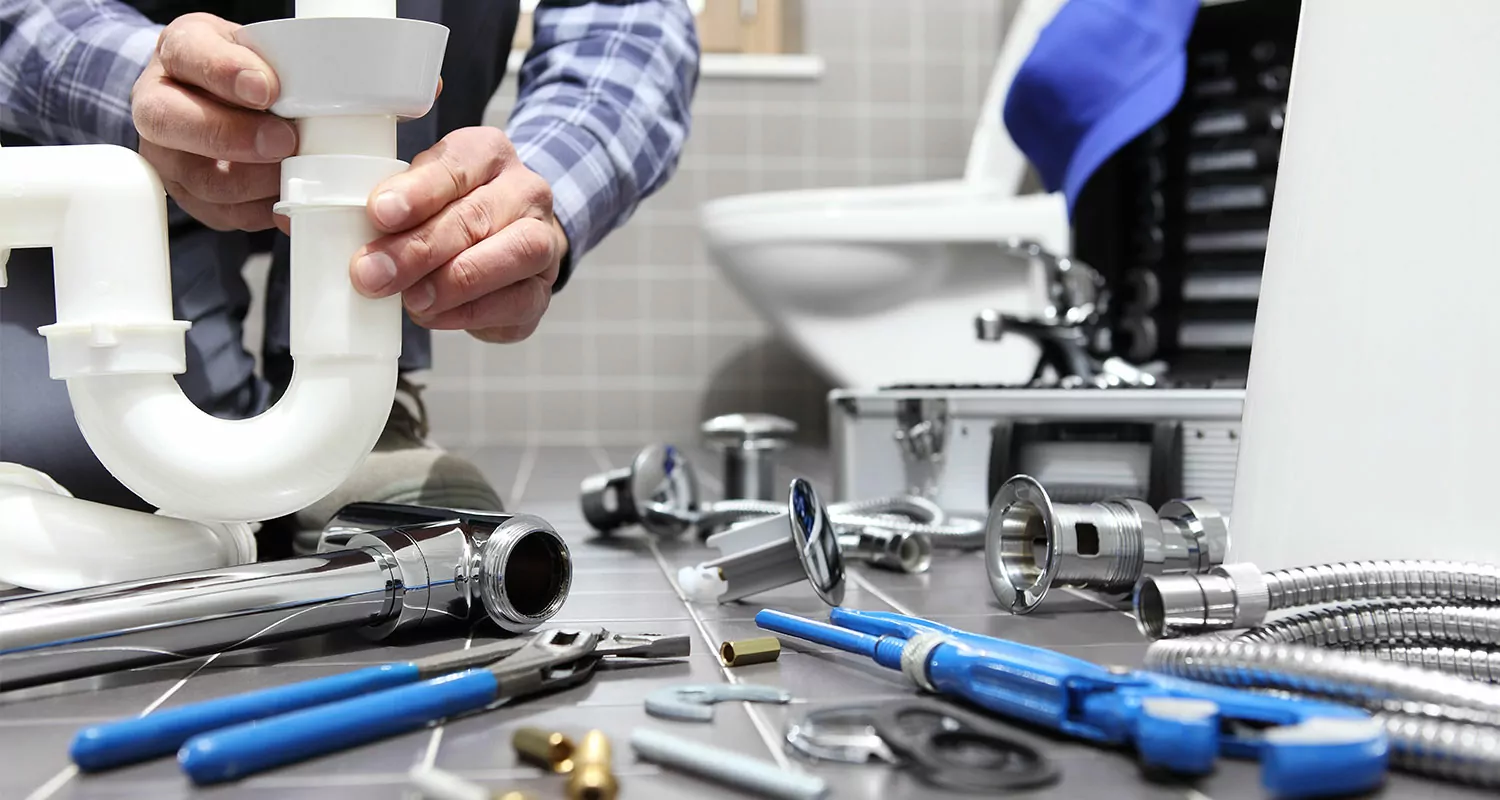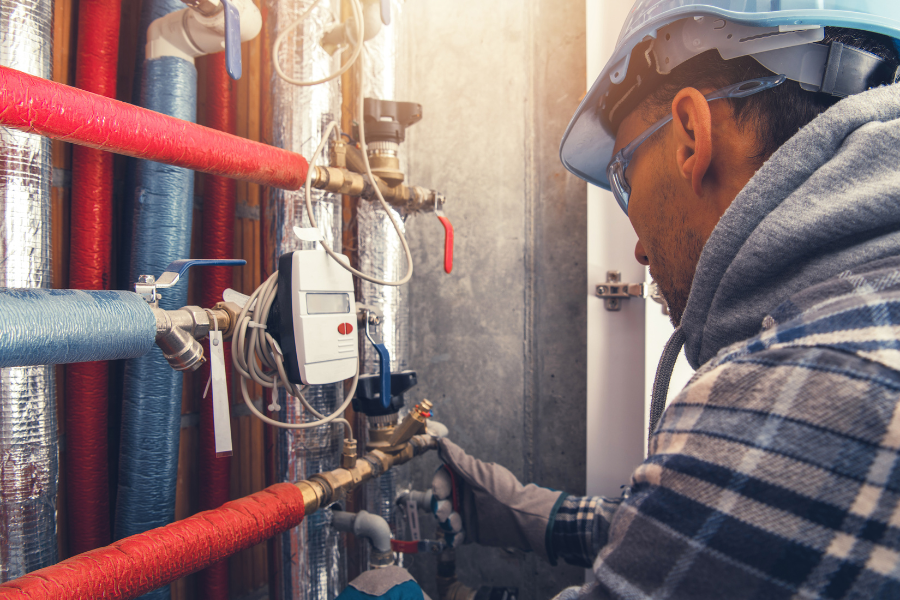Discovering What's Next in Plumbing: Patterns and Innovations
Discovering What's Next in Plumbing: Patterns and Innovations
Blog Article
Right here below you can locate a lot of reliable resources relating to The Future of Plumbing: Trends and Innovations to Watch.

Intro
The pipes market is going through a transformative stage driven by technological developments and growing problems for sustainability and efficiency. This article discovers emerging patterns and advancements shaping the future of pipes.
Smart Plumbing Equipments
Integrating clever modern technology right into plumbing systems makes it possible for remote tracking, leakage discovery, and automated upkeep. Smart sensing units and IoT (Net of Things) devices allow house owners and plumbing professionals to monitor water usage and spot concerns in real-time, bring about extra effective resource monitoring and proactive upkeep.
Water Efficiency Solutions
With boosting emphasis on water conservation, cutting-edge solutions are being created to lessen water waste in pipes systems. High-efficiency fixtures, greywater recycling systems, and wise watering controllers are amongst the modern technologies assisting consumers minimize their water impact while maintaining comfort and benefit.
Lasting Materials
The change in the direction of sustainability includes plumbing products, with a growing preference for environment-friendly choices. Naturally degradable piping materials, such as PEX (cross-linked polyethylene) and HDPE (high-density polyethylene), offer resilience and resistance to deterioration without endangering environmental integrity.
Anticipating Upkeep
Predictive upkeep techniques leverage data analytics and machine learning algorithms to prepare for and stop plumbing issues before they occur. By assessing historical information and efficiency metrics, predictive upkeep formulas can recognize patterns and abnormalities, making it possible for proactive treatments to avoid costly repair services and disturbances.
Increased Reality in Plumbing
Enhanced Fact (AR) innovation is revolutionizing plumbing by providing specialists with real-time visual support for fixing and repair work jobs. AR-enabled smart glasses or mobile applications overlay digital info onto the physical environment, helping plumbings imagine pipeline formats, determine covert leaks, and implement repair work with accuracy.
Influence of 3D Printing
The arrival of 3D printing has presented brand-new possibilities in making plumbing components. From custom-designed fixtures to detailed pipe installations, 3D printing allows for fast prototyping and on-demand production, decreasing lead times and making it possible for better personalization in plumbing design.
Health and Safety Characteristics
In response to heightened issues for health and safety, pipes fixtures are incorporating functions such as antimicrobial surfaces, touchless procedure, and self-cleaning mechanisms. These advancements not just enhance hygiene yet likewise promote user comfort and convenience.
Hygiene-focused Components
Touchless taps, self-sanitizing commodes, and antimicrobial surface areas are coming to be significantly widespread in household and commercial settings, decreasing the danger of bacterium transmission and promoting a cleaner, healthier environment.
Water Top Quality Surveillance
Developments in water quality surveillance technologies enable property owners to monitor the purity and safety and security of their water in real-time. Smart water top quality sensing units can discover pollutants, pH degrees, and temperature variants, equipping customers to take proactive procedures to make sure water safety.
Remote Pipes Services
Remote diagnostics and online aid are changing the method plumbing services are provided. Through video conferencing and remote gain access to innovations, plumbing technicians can repair problems, supply advice for do it yourself repair work, and even carry out remote evaluations, supplying better accessibility and ease to house owners.
Obstacles and Opportunities
While plumbing technologies hold tremendous promise, they also existing obstacles such as data privacy concerns, regulative conformity, and the need for workforce training. Resolving these challenges needs partnership in between sector stakeholders and regulatory bodies to make sure risk-free and accountable implementation of brand-new innovations.
Governing Landscape
Regulatory frameworks play a critical duty fit the adoption of pipes advancements, with criteria and codes controling every little thing from water effectiveness to product safety and security. As technologies continue to evolve, regulatory bodies should adapt to ensure customer defense and environmental stewardship.
Future Expectation
The future of pipes is defined by continued innovation and assimilation with various other fields such as IoT, renewable resource, and structure automation. By welcoming lasting techniques, leveraging arising innovations, and prioritizing user-centric layout, the plumbing market is poised to deal with the progressing requirements of society while decreasing its ecological footprint.
Conclusion
In conclusion, the future of plumbing is defined by a merging of technology, sustainability, and user-centric style. By embracing wise solutions, sustainable materials, and proactive maintenance methods, the pipes sector can boost performance, advertise safety, and add to a more sustainable future.
Plumbing Industry Trends You Need To Know
Smart technology in plumbing
Homeowners want to be able to manage their homes from their phones. The technology exists to make that happen. From smart toilets to leak detector devices, the whole plumbing system can be managed on an interconnected network made up of sensors, IoT devices, and machine learning algorithms.
This allows for wireless control to turn appliances on and off, automate routines, and access advanced monitoring to track water usage and flag potential issues. Smart technology streamlines water consumption, maintenance and energy usage, creating a more efficient system.
Green plumbing
The data analysis possible with smart technology not only improves convenience and cost-effectiveness but also fulfills a high-priority customer desire – sustainability. Consumers are very aware of their impact on the planet and want plumbing solutions to reduce damage and support sustainability. Eco-friendly plumbing solutions are already starting to emerge.
Customers can opt for low-flow toilets, water-saving faucets, and connections to sustainable energy sources. Beyond monitoring water consumption, customers can conserve water through the installation of greywater systems. This is a system that collects water that has been used but is still clean enough for some household uses such as toilet flushing.
Shorter product pipeline
To keep up with modern plumbing, plumbers need modern tools that enable them to complete jobs more efficiently. One technology making strides in this area is 3D printing. By 3D printing key plumbing fixtures, plumbers can reduce wait times even for specialized fixtures. It minimizes delays often seen in traditional manufacturing that frustrate customers and prevent plumbers from taking on more work.
Off-site repairs
Augmented reality is making a splash in many industries including plumbing. Plumbers can map a building online so they can explore the plumbing system through augmented reality, identifying areas of maintenance and repair completely digitally. This technology can be applied quite widely in plumbers’ work including planning installations and training new recruits. It’s safer, smarter and more efficient.
Low-footprint materials
Another way for plumbing companies to reduce their environmental footprint and meet the customer demand for sustainability is by using recycled materials in their work. The products they source and manufacture such as pipes, fixtures and faucets can be made from recycled materials. This saves the planet while being just as effective.
Onsite water purification
Additionally, plumbing companies can be advocates of water conservation and ease the financial and environmental concerns of customers by offering water purification systems. New water purification technology such as reverse osmosis systems and UV systems make it possible for homeowners and business owners to thoroughly cleanse water, removing contaminants onsite. This means the water can be safely reused in more ways than greywater can be, establishing a water recycling loop.
Tankless water heaters
Another innovation of modern plumbing is tankless water heaters. The idea is that the water is heated on demand as it runs through the system instead of being heated in a water tank. This is more energy efficient and therefore cost-effective and eco-friendly because water isn’t heated needlessly.

I'm certainly very focused on Innovative Plumbing Trends Transforming Construction and I really hope you enjoyed reading the entire page. Do you know somebody who is interested by the subject? Feel free to promote it. I praise you for being here. Revisit us soon.
Click Here Report this page